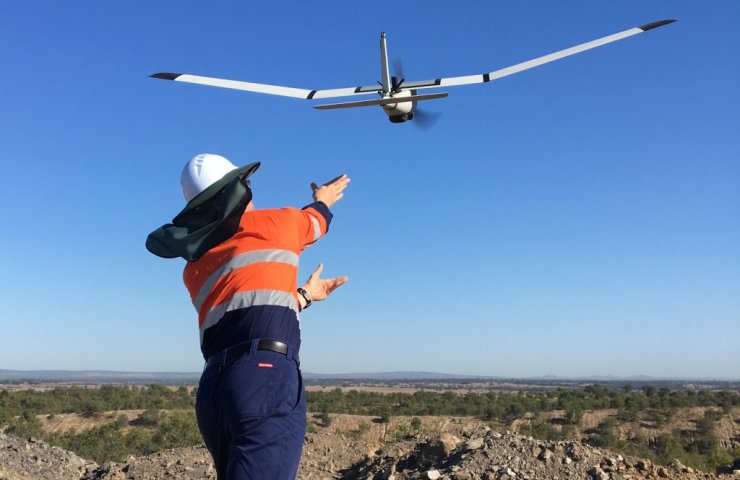Solutions Fitch expects that in the coming years, the miners will increasingly use the technology of drones to increase the efficiency of the operation of mines and safety of workers. Over the past few years the technology of unmanned aerial vehicles - a relatively recent addition to mining. For example, the Australian mining company BHP started to introduce the technology of drones in 2017 at coal mines in Queensland and the Olympic Dam mine in South Australia. The usefulness of this technology lies in its ability to quickly explore various areas of mining that has led to increased worker safety and increased productivity.
for Example, the drones can control the cranes, towers, slopes and areas of blasting operations by reducing the employees ' involvement in more dangerous places. In addition, drones can collect data more often and take off the transport routes and ore reserves, which allows mine operators to assess whether current operations are planned to plan, and to assess the need for maintenance. The announcement BHP in 2017 was stated that the aerial shots, usually performed by aircraft can now be performed by unmanned aerial vehicles, allowing the company to save about $ 3.4 million per year.
Drones with Autonomous capabilities and longer flying time would be preferable, as both offer an additional increase in efficiency compared to other available options. Currently, the technology of unmanned aerial vehicles can be used by hiring third-party service unmanned aerial vehicles, training employees remote piloting drones manually or use options Autonomous unmanned aerial vehicles belonging to the mine. The first two options can be costly and time-consuming, while the use of third-party organizations may also limit the frequency of use of drones because of the cost of the frequent visits of third parties to remote mining operations.
Fitch Solutions expect that firms will adopt a strategy of possession of Autonomous unmanned aerial vehicles, as technology improves, and the rules allow her to use, providing firms with greater freedom to conduct surveys on request. In addition, it is expected that drones with longer flight capabilities will be preferable because such a device could theoretically cover a large area before having to recharge or replace batteries, which saves time.
Environment of low prices for industrial metals will encourage mining companies to implement technological improvements. Because of the low price of metals affect sustainable financial performance and investment opportunities for large-scale investments, it is expected that the miners will be looking for technology to reduce costs or increase productivity of their operations.
In November 2019 technical startup Iris Automation performed the first flight of the drone over long distances, approved by the FAA BVLOS, which was not used ground-penetrating radar or manned by the observer. Previously, the Federal aviation administration USA (FAA) was required as a manned observer and a ground radar system for flight of UAV BVLOS that, according to government officials, could cost up to 50 million US dollars. To the extent that, as regulators develop more flexible rules for BVLOS, it is expected that the rate of movement of Autonomous UAVs will increase, which will contribute to further implementation and improve efficiency during mining operations.




